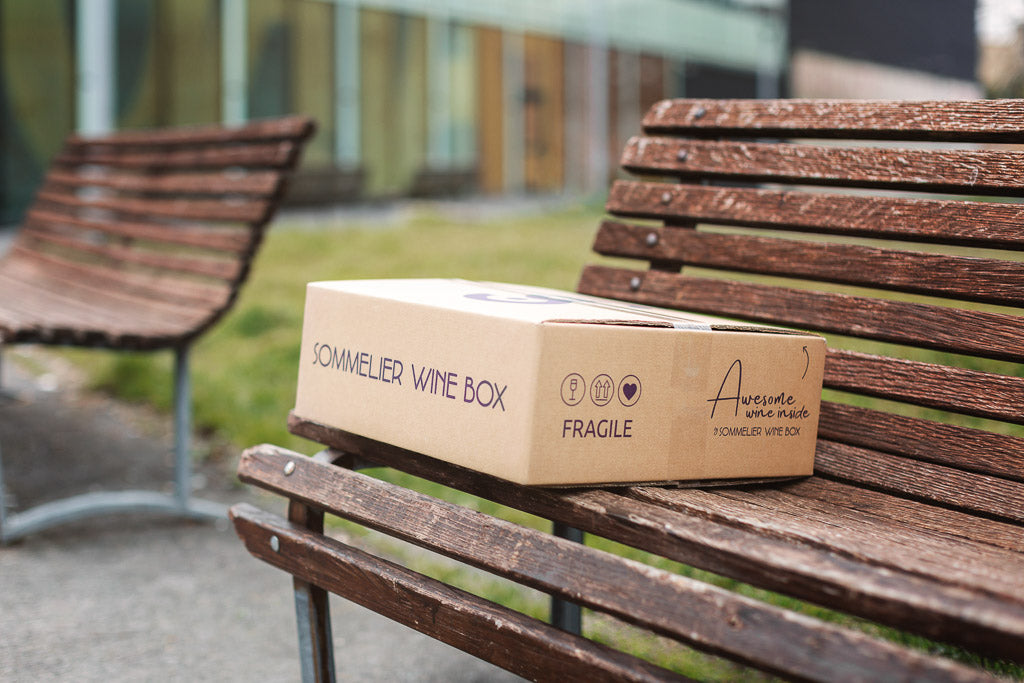Our French cousins are the undisputed masters of the 'Bordeaux blend', with legendary bottles that have made wine history throughout the world, both in terms of quality and economic counterpart. They are red wines that have played an important part in determining the famous 'international taste'. But what is and what is meant by Bordeaux blending?
Nine questions on Bordeaux blending and as many simple answers.
1. What is Bordeaux blending?
A Bordeaux blend is a wine made by blending (i.e. putting together wines from different grapes vinified separately) mainly Merlot and Cabernet Sauvignon, but also Cabernet Franc, Petit Verdot, Malbec or Carmenère.
2. Why is it called 'Bordeaux blending'?
Because this type of blend is typical of the reds from Bordeaux, the very important wine-growing area in the south-west of France, divided in two by the Gironde estuary, which enjoys a unique terroir. Apparently, the name was given by English merchants, great importers of Bordeaux wines since the Middle Ages.
3. Going back to the grape varieties, what contribution does each of the different grapes make?
The aim of Bordeaux blending is to blend grapes with complementary characteristics.
Merlot gives elegant and fruity notes (red fruits), roundness and smoothness.
Cabernet Franc is a grape that gives the wine tannicity, herbaceous and woody aromas, as well as an austere profile.
Cabernet Sauvignon also contributes finesse of aromas (black fruits above all), body, structure and ageing capacity.
Petit Verdot is a very noble grape, giving colour, acidity, finesse, spicy notes and longevity.
Malbec is useful for infusing the wine with colour and tannins - it is the most widely grown black grape in Argentina.
Carmenère has more surly and vegetal traits. Today it is little used in Bordeaux, while it is widely cultivated in Chile.
4. Why do Merlot and Cabernet Sauvignon traditionally predominate in Bordeaux blends?
The reason is to be found in the vineyard. Merlot ripens a month before Cabernet Sauvignon, which gives winemakers the opportunity to bring one and then the other into the cellar, vinify them separately and then blend them. Malolactic fermentation is generally carried out in barriques.
5. What are Bordeaux blended wines like?
They are great red wines that know how to combine power, elegance and excellent longevity (they can evolve even over 30 years). Varying from region to region, they tend to be deep ruby coloured wines when young, garnet red when aged. They have elegant, fine aromas and velvety tannins.
6. The Bordeaux-style blend in the world?
Today, the 'Bordeaux-style blend' is used throughout the world, in its various regional interpretations, which do not exclude the presence of indigenous grape varieties, as is the case in Italy. After all, the 'Bordeaux blend' is made from some of the world's most popular grapes.
The red 'Meritage' is the equivalent of the Bordeaux blend for Californian wines.
7. Bordeaux blending in Italy?
In Italy, write Bordeaux blending and you read Supertuscan (a term invented by the Anglo-Saxon press, probably by James Suckling), i.e. the reds produced in Tuscany, on the Maremma coast, in the Bolgheri area, which have emancipated themselves from the regulations by using the vines mentioned in association with the native Sangiovese. Above all: Sassicaia.
But reds produced with Bordeaux blends are now widespread throughout the entire peninsula. In particular we find them in Trentino, where in some cellars they can achieve extraordinary results, in Alto Adige, in the Colli orientali del Friuli, in Veneto both in the upper Vicenza area (in the DOC Breganze area) and in the Colli Euganei.
8. How are Bordeaux blends paired?
They are the right wines to accompany important dishes, but can also be interpreted as meditation wines. In the kitchen: try them with red meats such as stews, braised meats or roasts.
9. Is there such a thing as white Bordeaux blends?
Yes, in the sense that in the Bordeaux area, white wines are also made from blends of different grapes. The Bordeaux blanc blending involves the use of Sémillon, Sauvignon Blanc and Muscadelle, sometimes with Sauvignon Gris and Ugni Blanc (what for us is Trebbiano).




